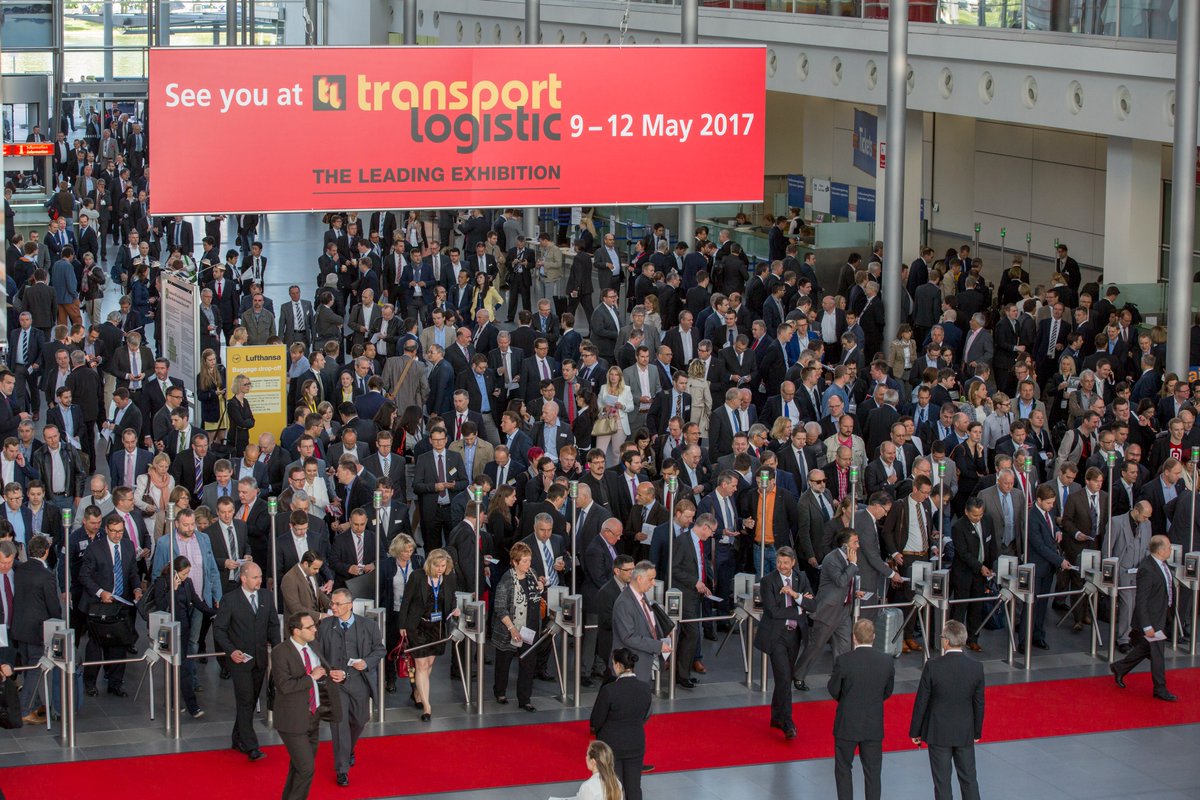
E-mobility at transport logistic 2017
The transport sector stands to gain significantly from advances in electromobility: Electric trucks emit no emissions, they are quiet and much cheaper to run than their diesel equivalents. Technology is moving ahead fast in this area, and new models for a range of applications are expected to be presented at the next transport logistic, which takes place from May 9 to 12, 2017 at the Messe München exhibition center.
The German government, too, is backing e-mobility. Currently incentives are restricted to purchasers of an electric car costing up to EUR 60,000. But the promised expansion in the infrastructure for charging—EUR 300 million is earmarked for investment here—will also benefit electricity-driven trucks. One of the fields of application for low-emission commercial vehicles could be city logistics, because traffic noise, emissions and congestion is a problem in many inner cities.
In the ELMO project, the Fraunhofer Institute for Material Flow and Logistics (IML) in Dortmund has investigated electric vehicles used in commercial traffic in urban areas between 2011 and 2015. Project leader Dr. Sebastian Stütz sums up the results: “In terms of running costs, i.e. electricity vs fuel, delivery transports are significantly cheaper.” 60 to 65 percent savings are mentioned. Above all because electrical drive systems operate much more efficiently than combustion engines and also electricity is taxed less than diesel fuel. Vehicle tax is also cheaper for e-vehicles, and when it comes to road tolls, there are no charges for air pollution.
Nevertheless many transport companies shy away from the high acquisition costs. Because at present the big manufacturers are hardly producing any electric-drive trucks, instead diesel-based vehicles are being converted and electrified in small series production. Together with the biggest cost component, i.e. the separate drive battery, this means an investment in six-digit figures. Added to this, the service network at the moment is quite thin. If demand were to rise, however, that would prompt the big automobile manufacturers to produce affordable models in series, which in turn would further boost demand. “It´s a classic chicken-and-egg situation,” says Stütz. “As soon as this vicious circle is broken, e-mobility will start to take off in the truck segment.” According to Stütz advances in battery technology in particular could bring down battery costs and thereby also the overall cost of the vehicles. The Fraunhofer Institute findings show that at the moment a 7.5-tonne truck with an electric drive has a range of no more than 150 kilometers, with performance varying strongly, depending on ambient temperature.
Over short distances, in local and regional transport, parcel, express and courier services have for a long time already been successfully using electric vans. In this area the range of models is expanding constantly and all the big automobile manufacturers are represented in this segment.
With all the understandable doubts and all the problems that are still to be solved in the application of electric commercial vehicles, there is still much scope for new ideas and visions in this technology. In the supporting program to transport logistic, too, e-mobility will be a big theme: On Wednesday, May 10, the Fraunhofer Institute for Material Flow and Logistics (IML) is looking at “Electromobility in logistics: Current status, potential, constraints and trends”. Also on Wednesday, the Verband Deutscher Verkehrsunternehmen will be asking: “Digitalization—Automation—Electromobility. How can rail transport be made more environmentally friendly and productive?”
Further information on these lectures and on the conference program at transport logistic will be available online from December, at: www.transportlogistic.de/rahmenprogramm.html.
Further information: www.transport-logistic.de
